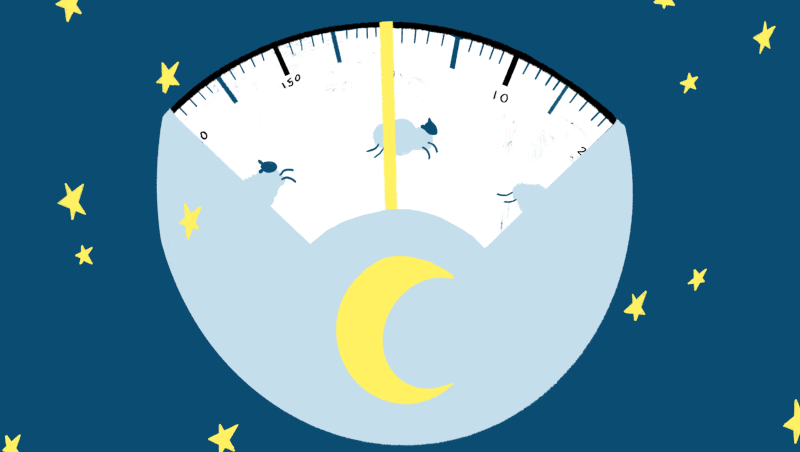Can bad habits of night owls lead to diabetes risk?

Women who naturally stay up late at night and sleep in — those with a “night owl” sleep pattern — may be at greater risk of Type 2 diabetes and other health challenges.
That’s according to a study just published in the Annals of Internal Medicine that looked at nearly 64,000 female nurses ages 45 to 62 who had no history of cancer, heart disease or diabetes in 2009. They were participants in the Nurses’ Health Study II and were followed until 2017.
“When we looked at the relationship between chronotype and diabetes we found night owls had a 72% increased risk of developing diabetes over the eight years of our study,” said lead author Sina Kianersi, a postdoctoral research fellow at Brigham and Women’s Hospital and Harvard Medical School in Boston, quoted by CNN.
The challenge included lifestyle behaviors that being a night owl promoted. The researchers looked at diet quality, physical activity, use of alcohol, body mass index, smoking and how long people sleep.
Those who said they had a “definite evening” chronotype — the night owls — more often had an unhealthy lifestyle than the “definite morning” chronotype — the early birds.
Bad health habits?
“We found that night owls are in general more likely to have an overall unhealthy lifestyle,” Kianersi told U.S. News & World Report. “They were more likely to have a poor diet, to have an unhealthy weight and be less physically active. They were more likely to be current smokers, to drink alcohol in high quantities or even have poor sleep.”
And even when the study accounted for all those lifestyle behaviors, the risk was reduced but not eliminated, the researchers said. It dropped to a 19% increased risk.
“A 19% increased risk, after adjusting for other factors, is a strong risk factor,” the study’s senior author, Tianyi Huang, an assistant professor of medicine at the Harvard Medical School and an associate epidemiologist at the Brigham and Women’s Hospital, told NBC.
Related
He told NBC that the increased risk could also be due to the fact that a night owl’s work schedule is often out of sync with their natural circadian rhythm, so they stay up late but have to arise early. “In our study, we found that among people with an evening chronotype who did night shift work, there was no association with an increased risk of diabetes,” he said.
In a scientific poster on the research, Kianersi and her colleagues noted that about a quarter of the U.S. population would be classified as night owls. The research showed that those with the late chronotype “were 53% more likely to have an unhealthy lifestyle” compared to the early birds.
As NBC News put it, “Being a night owl isn’t about staying up late to party. It’s about a person’s circadian preference, or having a natural body clock that is partly genetically set to stay up late. That means night owls are wired differently from people who seem to automatically wake up at the crack of dawn and nod off at an early hour.”
Other benefits
Researchers have long been interested in the differences created by one’s natural circadian rhythm.
The Deseret News earlier reported on a study in Experimental Physiology from Rutgers University that found early risers burn more fat both during rest and exercise, regardless of their aerobic fitness, when compared to those who stay up late. Early risers are also more active during the day. And they were more sensitive to insulin blood levels, as well.
Harvard researchers have done a lot of work on understanding the impact of circadian rhythm on health. In 2020, Harvard Health Publishing noted that while night owls could have some disadvantages when it comes to protecting their health, they can make changes that modify risk.
“Factors at play — sleep patterns and activity — are factors we have some control over,” the article said. “Though we may be hardwired to lean toward being a night owl or morning bird, most people fall somewhere in the middle. Sleep patterns and activity are modifiable, and even small changes can have a big impact over days, weeks, months and years.”

